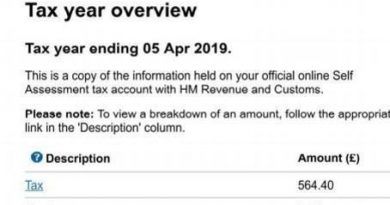Mesokurtic Distribution Calculating Probability Distribution
Contents
Mesokurtic Distribution: Calculating Probability Distribution
What Is a Mesokurtic Distribution?
Mesokurtic is a statistical term used to describe the outlier characteristic of a probability distribution where rare data is close to zero. A mesokurtic distribution has a similar extreme value character as a normal distribution.
Kurtosis is a measure of tails, or extreme values, of a probability distribution. With greater kurtosis, extreme values occasionally occur.
Key Takeaways
- Mesokurtic is a statistical term used to describe the outlier characteristic of a probability distribution that is close to zero.
- Mesokurtic distributions are similar to normal distributions, where extreme events are very unlikely.
- When it comes to investments, returns typically fall into a leptokurtic distribution with "fatter tails" than the normal curve.
How Mesokurtic Distributions Work
Distributions may be described as mesokurtic, platykurtic, or leptokurtic. Mesokurtic distributions have a kurtosis of zero, meaning the probability of rare data is close to zero. Mesokurtic distributions have the same kurtosis as the normal distribution, also known as a bell curve.
In contrast, a leptokurtic distribution has fatter tails, with a higher probability of extreme events than the normal curve. On the other hand, platykurtic distributions have lighter tails and a lower probability of extreme events compared to the normal curve. In finance, the probability of a highly negative extreme event is known as "tail risk."
Risk managers must be concerned about probability distributions with long tails, where the probability of highly extreme events is noticeable.
Kurtosis is important in finance as it affects risk management. Investment returns are assumed to be normally distributed in a bell-shaped curve. However, returns often fall into a leptokurtic distribution with "fatter tails" than the normal curve.
This means the probability of large losses or gains is greater than expected. Risk-averse investors tend to prefer assets and markets with platykurtic distributions, as they are less likely to produce extreme results.



